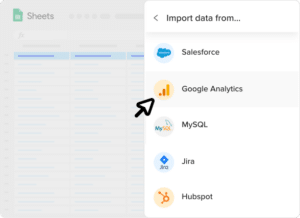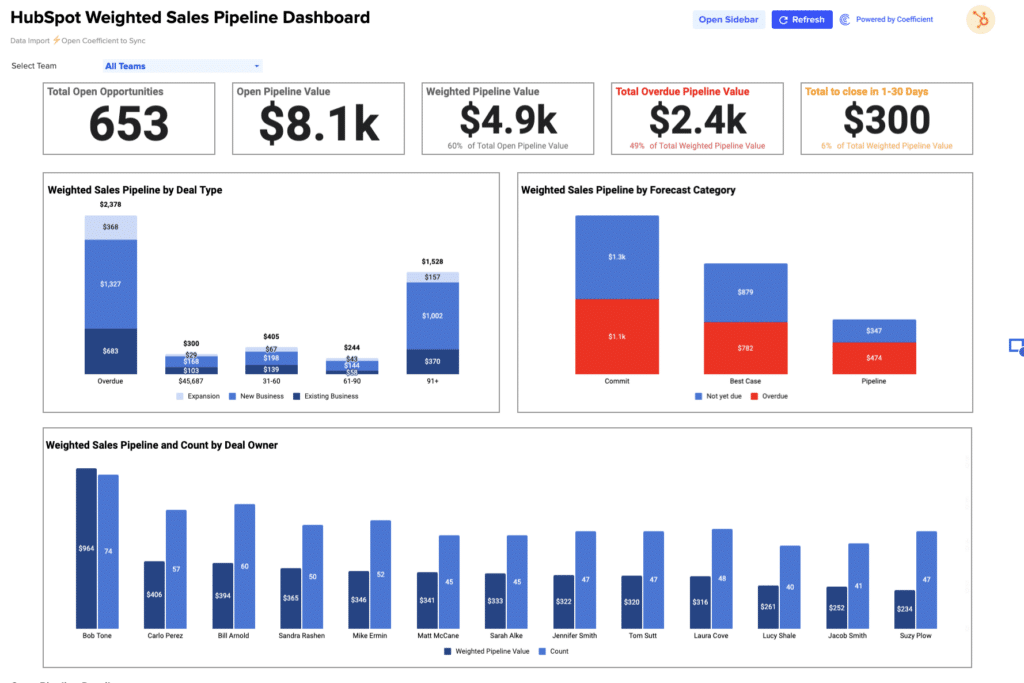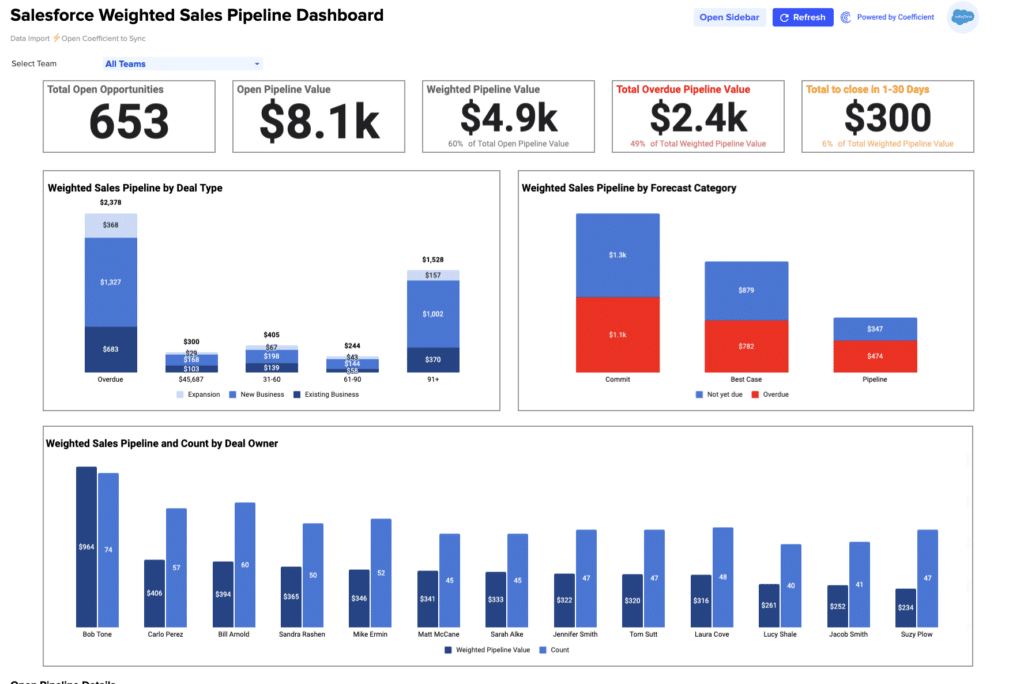Price/Earnings Ratio (P/E Ratio) = Market Value per Share / Earnings per Share (EPS)
Unlock the secrets to smarter investing with our free P/E Ratio calculator for your spreadsheet!
How to Calculate P/E Ratio?
Understanding the P/E Ratio’s components makes calculation straightforward:
- Determine the Market Value per Share: Check the latest stock price from financial news websites or stock market apps.
- Find the Earnings per Share (EPS): Obtain this value from the company’s latest earnings report or financial statements.
- Divide Market Value per Share by EPS: This calculation gives you the P/E Ratio.
What is P/E Ratio?
The Price-to-Earnings Ratio (P/E Ratio) is a metric used by investors to determine the market value of a stock compared to the company’s earnings. It reflects what the market is willing to pay today for a stock based on its past or future earnings.
Why is P/E Ratio Important?
A vital tool in stock analysis, the P/E Ratio helps investors assess if a stock’s price is overvalued, undervalued, or fairly valued compared to its earnings. It is crucial for making informed investment decisions and comparing profitability among companies in the same industry.
Calculating P/E Ratio Example
Scenario: Imagine a company with a market value per share of $50 and an EPS of $5.
Calculation: P/E Ratio = $50 / $5 = 10
This outcome suggests that investors are ready to pay $10 for every $1 of earnings, which could be appealing if comparable companies have higher ratios.
How to Improve P/E Ratio?
- Increase EPS: Boost your company’s earnings through strategic decisions and operational improvements.
- Public Perception Enhancement: Effective communication about future potential can increase market value.
- Financial Prudence: Manage debt and expenses to enhance profitability.
- Grow Revenue Streams: Diversify and innovate product lines or services to increase overall revenue.
- Market Position Strengthening: Position the company as a leader in solid markets or with innovative products.
How to Calculate P/E Ratio in Google Sheets and Excel?
- Input Market Value per Share in cell A1.
- Enter Earnings per Share in cell A2.
- Apply the formula
=A1/A2in cell A3. This cell will display the calculated P/E Ratio.
Drawbacks of P/E Ratio
- Misleading in Isolation: P/E Ratio should be considered with other metrics as it can be misleading if used alone.
- Not Accounting for Growth: High P/E might be justified by high growth prospects, which the ratio does not incorporate.
- Earnings Manipulation: Companies can adjust earnings, impacting the P/E Ratio.
When to Use P/E Ratio Calculator?
Utilize this calculator during investment analysis to gauge a stock’s valuation relative to its earnings. Particularly useful for comparing companies within the same industry or assessing market sentiment.
P/E Ratio Calculator: Tips and Tricks
- Periodic Recalculation: Regularly update your calculations to reflect current market values and earnings.
- Comparative Analysis: Use the P/E Ratio in conjunction with other financial ratios for comprehensive analysis.
- Historical Context: Consider historical P/E values for trends and anomalies.
- Industry Benchmarking: Compare against industry averages to find investment opportunities.












